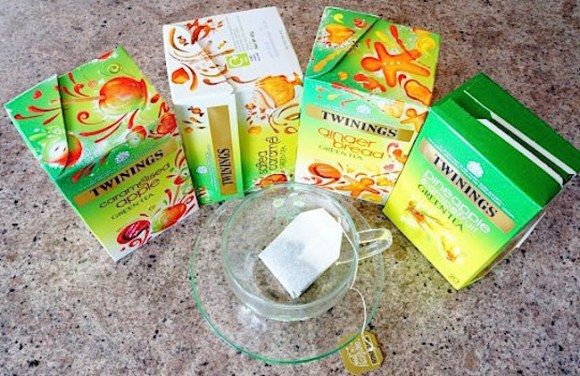Fancy a cuppa? We explore the UK’s unusual takes on Japanese green tea
evie lundIn the UK, where I’m from, people get really passionate about tea. It’s the first thing you offer someone who is a visitor to your home, and remembering how someone likes their tea made is one way of showing that you care about them. We’re also fussy about the ritual behind making tea (you should see what happens in my house when someone puts the milk in first). In this way, we’re kinda like the Japanese.
In Japan, they drink green tea rather than black tea, but their attitude towards it matches ours. It’s both something for all-day long refreshment, and for special occasions. They’re also really into the ceremony behind it, with chadou, or tea ceremony, being a celebrated art in Japan.
STATS
20,734
Japanese high school students who visited Taiwan on school trips in fiscal 2013-the most ever-according to Jiji Press¥5 trillion
Budget requested by the defense ministry for fiscal 2015, a record high234,456
Number of Daihatsu Tantos sold in Japan in 2014, making it the most popular car of the year
EWWW!
Among the “unwanted objects” customers at McDonald’s have found in their food in recent months: A piece of vinyl (Aomori), a piece of plastic (Fukushima) and a human tooth (Osaka).Merchants in Shinagawa have begun promoting their businesses with images of serpents in a nod to the district’s former name, Hebikubo, which translates as “snake hollow.”
The Abe administration plans to combat the rise of so-called quasi-legal drugs by lumping the substances in the same category as “narcotics, firearms and explosives.”
Popular manzai comedy duo Bakusho Mondai say the grinches at NHK warned them against making fun of politicians during their appearance in a New Year’s variety show.
No Doughnuts
Custard Bread?
They Obviously Go Together
U.S. weighed giving Japan nuclear weapons in 1950
by Masakatsu Ota Kyodo
Top U.S. military officials considered giving the Self-Defense Forces atomic weapons in the 1950s under an arrangement similar to NATO’s “nuclear-sharing” deal, declassified documents from the U.S. Joint Chiefs of Staff revealed Friday.In February 1958, the Joint Chiefs decided its “position,” saying: “The United States would prefer that Japan integrate appropriate atomic weapons into the Japanese self-defense forces.”
The decision came five months after the U.S. military and the SDF conducted a joint map exercise assuming the use of nuclear weapons, according to the documents.


Recent Comments